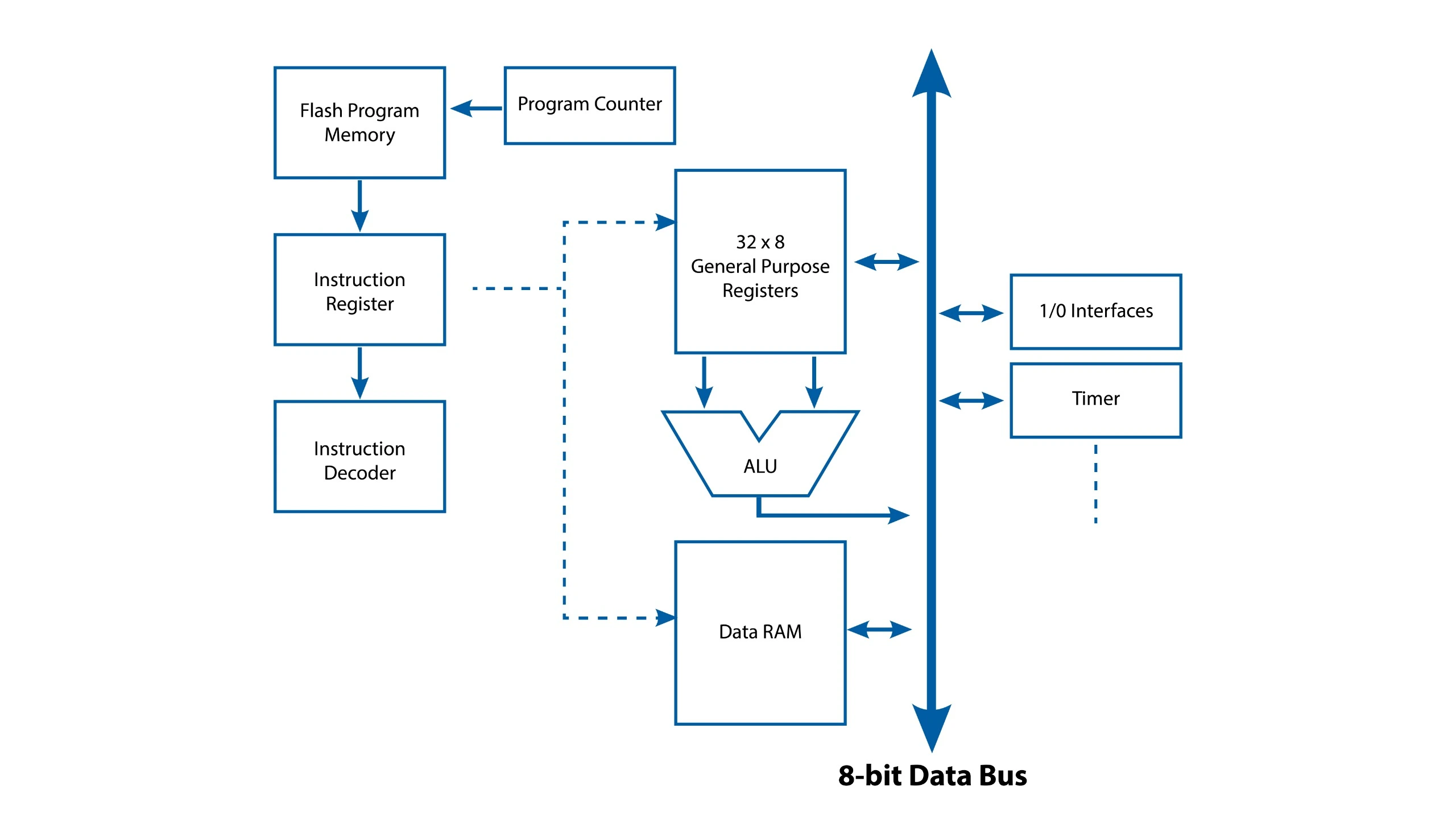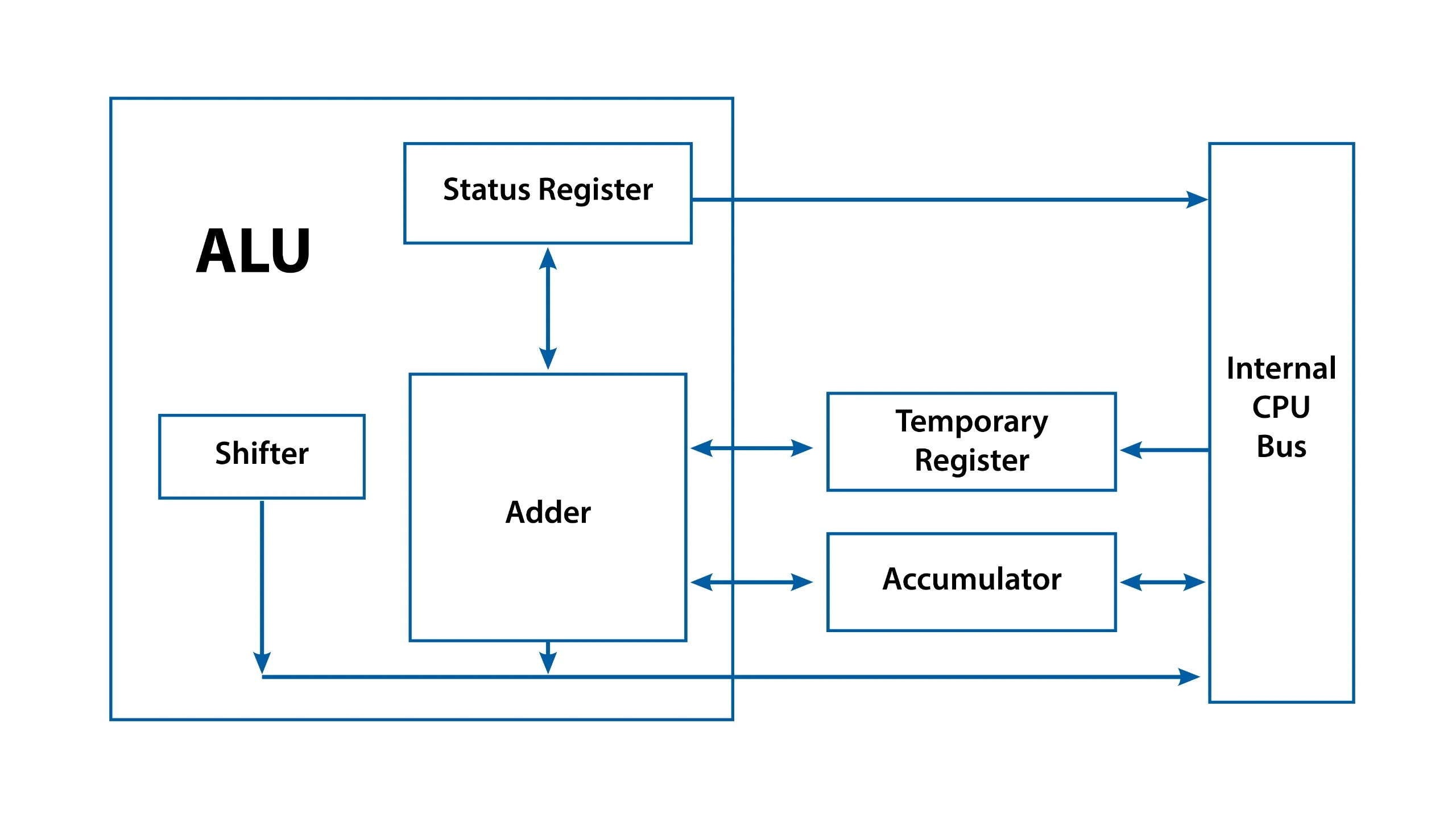In computing, two fundamental components reign supreme: microprocessors and microcontrollers. While they may sound similar, they serve distinct purposes and exhibit notable differences. This comprehensive guide will delve into the top 10 difference between microprocessor and microcontroller, shedding light on their architectures, applications, and functionalities.
Definition of Microcontrollers and Microprocessors
A microcontroller is a small computer on a single chip. It has a CPU, memory, and ports for connecting to other devices. Unlike regular computers, it is made for specific jobs. As well as, you will find it in things like remote controls, microwaves, and car engines. In the realm of difference between microprocessor and microcontroller. Microcontrollers work fast and reliably. They are like the brains of simple gadgets, ensuring they work right every time.
A microprocessor is like the computer's brain. It's a small chip that follows instructions and does math to make the computer do things. It's like the boss of a computer or a smartphone. Also, microprocessors do stuff like running programs, doing math problems, and keeping track of information. As well as they are useful in all sorts of things like laptops, servers, and video game systems. They are good at handling lots of different tasks.
Microprocessor and Microcontroller Architecture
Engineers design and structure microprocessors and microcontrollers inside to make them work. Last of all, here is a simplified overview of Microprocessor vs Microcontroller architecture:
Microprocessor Architecture:
- Microprocessors have important parts like the arithmetic logic unit (ALU), control unit, registers, and cache memory.
- However, The ALU does math and logic, and the control unit arranges how things happen.
- Registers, which are small and fast, temporarily hold data while things are happening.
- Cache memory is a small and quick memory that keeps important data nearby, making the computer work faster.
- Microprocessors talk to other memory and devices using paths called buses.

Microcontroller Architecture:
- Microcontrollers put together the CPU, memory, input/output stuff, and sometimes converters on one chip.
- This setup means microcontrollers don't need extra parts, so they're good for small and cheap solutions.
- Microcontroller architecture usually has memory on the chip for storing programs and data. As well as timers and ways to communicate with other devices.
- Some microcontrollers have special parts like PWM controllers, UART, SPI, and I2C for talking to other devices.
- Microcontrollers are made to work well for certain jobs, like embedded systems and IoT devices. As well as they do their tasks efficiently and reliably.

Microprocessor and Microcontroller Applications
Microprocessors make phones, cameras, and cars work. They also help in controlling machines in factories and processing data in medical and scientific fields. They're important for things like AI, IoT, and robots, making them better and more helpful in different jobs.
Microcontrollers are tiny computers used in lots of things. Like cars, remote controls, medical devices, factories, and smart gadgets. As well as they are small, don't use much power, and can talk to sensors and things that move. They help with simple stuff like checking temperature and also with harder stuff like making robots move.
Difference Between Microprocessor and Microcontroller
Microcontroller vs Microprocessor are important parts of computers and embedded systems, but they have different jobs and features. Last of all, here are the top 10 differences between them:
| Variables | Microprocessor | Microcontroller |
|---|---|---|
| Integration | Components separate | Components integrated on a single chip |
| Purpose | General-purpose computing | Specific applications in embedded systems |
| Memory | Relies on external memory | On-chip memory for program and data storage |
| Peripheral Support | Limited | Extensive, with specialized peripherals |
| Power Consumption | Can be higher | Typically lower due to integrated design |
| Cost | The cost of additional components may be higher | Often more cost-effective due to integration |
| Flexibility | Highly versatile, suitable for diverse tasks | Tailored for specific applications |
| Real-time Processing | May not be optimized for real-time tasks | Optimized for real-time operations |
| Programming Complexity | It may require complex programming | Simpler programming due to task-specific focus |
| Size | Require more space due to external components | Compact size due to integration |
Uses of Microcontroller and Microprocessors
The difference between microprocessor and microcontroller uses are like, Manufacturers use microcontrollers as tiny brains in lots of things like robots, gadgets, cars, and medical gear. As well as they help control and keep an eye on things, like sensors, motors, and communication. You will find them managing data, logging stuff, and making things easy to use with buttons and screens. Also, they are small, use very little power, and can do lots of different tasks, making them perfect for gadgets that need to be small and efficient.
Microprocessors are like tiny brains that make things work, from phones to big machines. They do the math, handle data, and make sure everything runs smoothly on devices like computers, phones, and smart appliances. In factories, they control machines, keep an eye on sensors, and help things run automatically. As well as they are also vital in things like medical devices and cars, making them smarter and more efficient.
Conclusion
In conclusion, microprocessors and microcontrollers have different designs and uses. Which is important to know when picking the right one for a project. Whether you're making a big computer or a small gadget, you'll want to consider things. Like how fast it needs to work, how much power it can use, and how much it will cost. By understanding the difference between microprocessor and microcontroller, you can choose the best option for your needs and get the results you want in your project.
Frequently Asked Questions
Ans. The Arduino Uno is a tiny, cheap, and simple device with a small computer inside. People who like making things, trying out ideas or learning. In short, You can connect it to other stuff like lights, sensors, or motors to make all sorts of gadgets.
Ans. A laptop has a microprocessor, which is like its brain, and does tasks such as math and running programs. A microcontroller is different. It is a tiny computer used in things like gadgets and machines.








